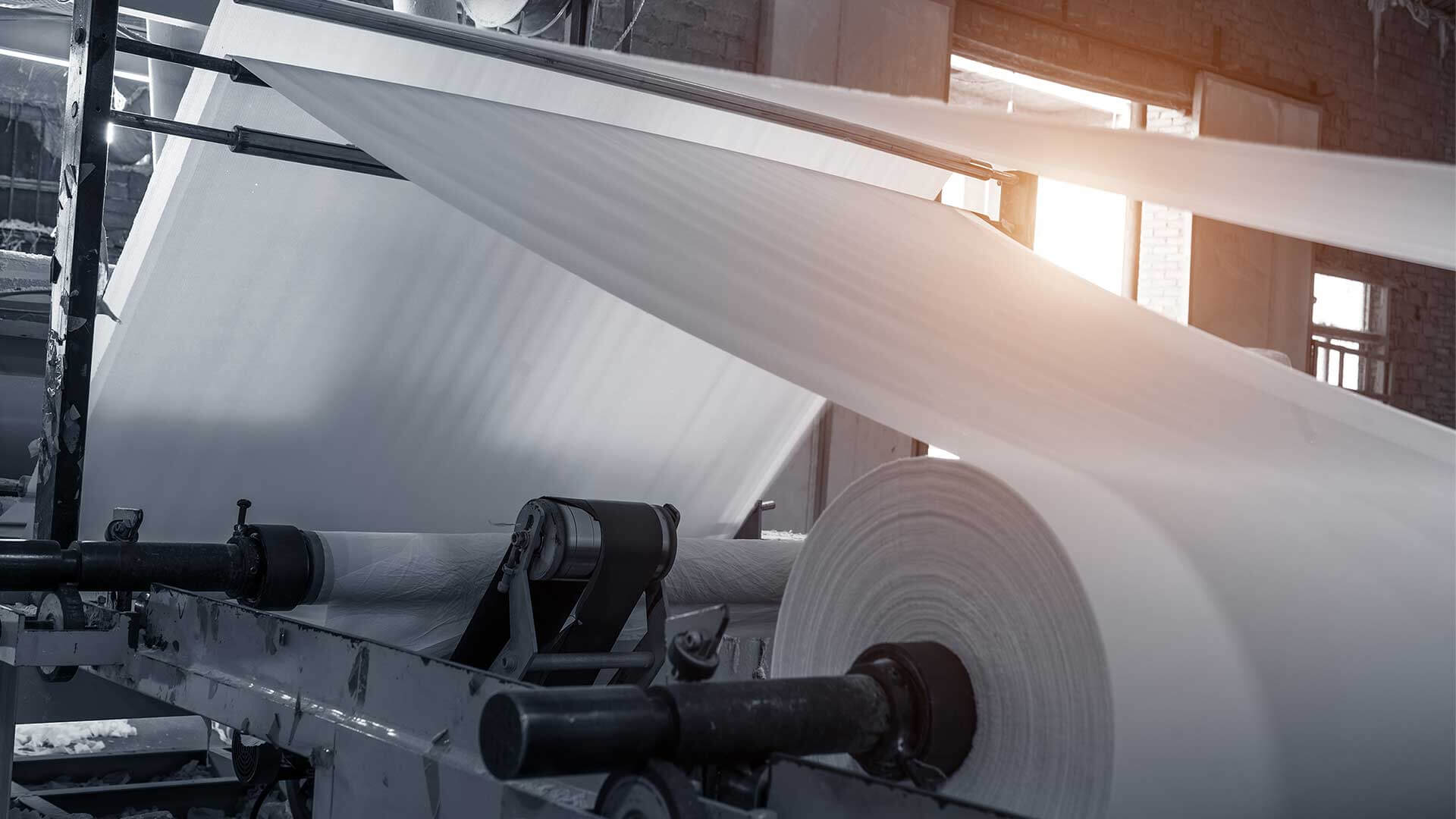Pulp friction - TOC measurement for the improved management of wastewater in paper production
Paper production uses a lot of water, which also means that it produces a great deal of wastewater, well-known for being problematic and at times obstructive in terms of its composition and characteristics. From fibres, fillers and whiteners, to starch, pigments, glues and additives, wastewater from paper mills has high levels of particulates as suspended solids as well in the form of dissolved materials. This means that wastewater from paper production doesn’t just cause issues with water flow but also requires high levels of treatment before it can be released or reused. The European Industrial Emissions Directive (IED) outlines so-called ‘Best Available Techniques’ (BAT) that have to be applied in the EU for direct wastewater discharge from paper, pulp and card production. The BAT reference document (BREF) points out that TOC (total organic carbon) and TNb (total bound nitrogen) are increasingly important and need to be monitored on a daily or weekly basis. The BREF also states that measuring TOC is preferable to chemical oxygen demand (COD), as it does not use hazardous chemicals such as dichromate and mercury.
The volume and pollution of the wastewater from paper production depends on the type of paper being produced with various raw materials and chemicals added during the manufacturing process. This means that the composition of wastewater can vary a great deal and can also have a substantial effect upon the environment. Furthermore, paper mill wastewater creates an environment that’s ideal for the proliferation of microorganisms. This leads to problems such as obstructed flow lines and the development of biofilms on surfaces that are exposed to direct contact with these organisms, like at water sampling points, for example. This wastewater can also block pipes and tubes and cause the malfunction of mechanical elements along the line, causing maintenance issues.
In addition to conforming with regulatory recommendations, TOC measurement can provide a variety of benefits for plant operators. Accurate measurement of TOC levels makes it easier for manufacturers to determine the right form of treatment prior to discharge. Fast results mean TOC measurement can also provide process control and real-time monitoring to prevent blockages, equipment malfunctions or exceeding mandated levels of pollution in wastewater. When high loads of TOC are measured, operators can decide to pump contaminated loads into buffer tanks and then gradually filter the water once again, for example. Also, regular TOC measurement makes it easier to control the doses of nutrient agents, which can provide higher treatment efficiency and increase the purity of effluent water.
Improving the quality of industrial wastewater and effective recycling and reuse can help to satisfy ever-increasing water demand and contribute towards more sustainable development. The key is better monitoring, which leads to better treatment. Effective, accurate and regular TOC measurement is a step in the right direction to keep the flow moving.
Further reading:
It’s all in the mix – measuring organic content in wastewater
A comparison of the three main methods used to measure organic carbon in wastewater: BOD, COD and TOC.Wastewater clarifiers – performance, efficiency, and the treatment environment
In this article, we look at various factors affecting clarifier efficiency.TOC and TNb analysis of wastewater
Downloadable Application Note describing the analysis of TOC and TNb in particle-containing wastewater samples using Elementar's TOC analyzer enviro TOC.
